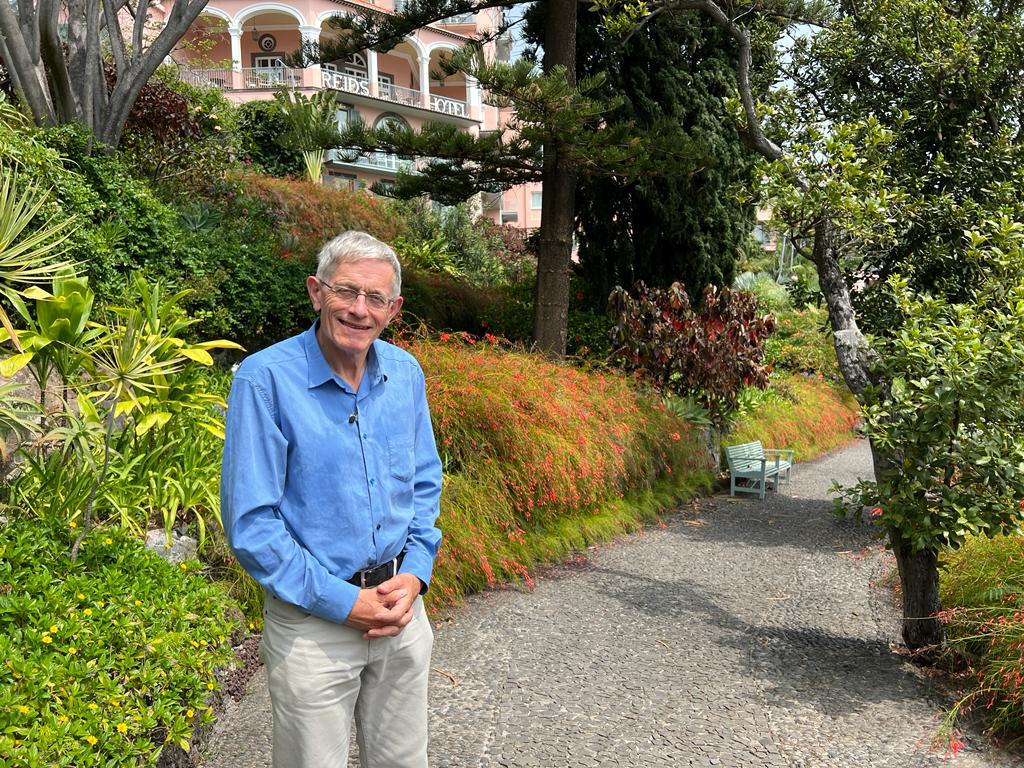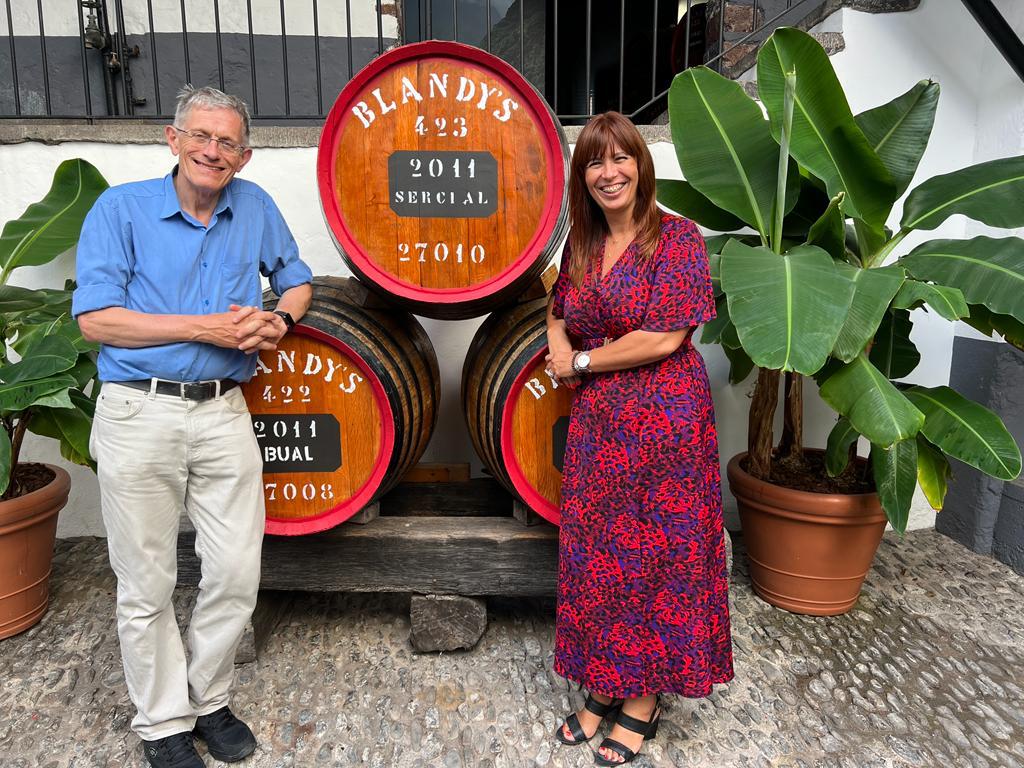Immerse yourself in island culture in rich, rewarding Madeira
From street art and gastro-galleries, to wine tours and the beautiful game, Madeira has a culture trip for everyone. Here Simon Calder shares his highlights…
Being on holiday is all about indulgence and relaxation. But if you delve into the culture of your destination, you’ll find it all the more enriching, enlightening and enjoyable. This is especially true of Portugal’s precious oceanic possession, the island of Madeira. Since humans first settled here in 1419, they have been coming up with innovations that improve the island for locals and visitors alike. And new ideas have continued into the 21st century.
Design Centre: A visionary approach
The most exciting cultural development of the past decade in Madeira? I reckon it’s the Design Centre. A former fort on what was once an island overlooking the Bay of Funchal has been transformed. It’s the work of Nini Andrade Silva, a globally recognised designer who happens to be from the island’s capital. She won the worldwide competition to transform the centuries-old fortification into “a place of meeting and sharing – a laboratory of ideas” . It has a permanent exhibition, part of her private collection – with works that are strong, almost organic, and which guide the eye to appreciate every curve and contour.
The bold, straight line anchors the designs. “I used to dream and then walk to my dreams and then dream again and walk to my dream,” Nini told me. A line leading to one’s dreams is a constant concept in Nini’s work. And to add to the sense that this is a dream location, there’s an excellent bar and restaurant, providing a fine perspective on the island’s capital, Funchal.
Art of a waiter: Would you like a watercolour with that?
The common ground between art and gastronomy is also revealed at Il Vivaldi, a Funchal restaurant perched close to the water. Vivid works of art turn it into a gallery that happens to serve food. Everything you see on the walls has been painted by the head waiter, Carlos Duarte. “Madeira is special for an artist,” he says. And after you’ve dined, you can buy one of Carlos’s original works.
City at the edge of the world: Funchal old town

When Madeira was first settled in the early 15th century, the island was the edge of the known world. Its capital, Funchal, was something of a prototype for the Americas. Today the island’s capital is draped beautifully across an amphitheatre that tumbles down to the harbour. In the narrow streets of the original settlement, you can find plenty of street art. The city’s highlights include the cathedral, which has a magnificently decorated interior – and nearby, what’s known as the cathedral of Madeira wine. One aspect of the island’s culture for which many visitors quickly develop a taste is the fortified wine, known simply as madeira.
A venerable merchant, Blandy’s, is still ensconced in the heart of Funchal after over 200 years occupying a former Franciscan monastery. You can take a tour of the ancient Wine Lodge that happily ends with a tasting. Manager Ana Soares says: “The special thing about madeira – it’s one of the longest-lived wines in the world. Every sip that you put in your mouth, you just want to have another one and another one, and it’s an explosion of flavours really.”

Taste trail: Quinta do Barbusano
The volcanic soil where the grapes are grown for both fortified Madeira and the island’s table wines, which, after years of assiduous research, I can confirm are also very tasty.
Over the centuries on this very three-dimensional island, many of the island’s hillsides have been terraced, to maximise production of these delicate grapes in what must be one of the world’s more scenic vineyards.
I made a journey to the source, to a vineyard where they actually create these wines: Quinta do Barbusano. Guests are invited to wander through the vineyard, which clings to the hillside terraces with rather more drama than its counterparts in Continental Europe.
Mighty Monte: Madeira’s place in world history
In 2000, the Teleferico do Funchal opened. In just a few minutes it lifts visitors to the town of Monte, providing ample views of the whole city along the way. Monte has long been a leafy and breezy retreat for islanders and visitors, many of whom come here for the horticulture on display in a veritable Eden. Gardens flourish in the grounds of the Monte Palace, originally the home of the British Consul, Charles Murray, and later the Monte Palace Hotel. Today it is full of colour – and sculpture.
One more high-altitude highlight: taking the 68 steps to the 18th-century Church of Our Lady. This baroque masterpiece is also the final resting place for one of Europe’s most noble families. The Hapsburg dynasty came to an end here in Madeira. The last emperor of Austria, Charles, who was also king of Hungary, was exiled to the island at the end of the first World War. Sadly, he died shortly afterwards, but his tomb is still revered and he has been held to have performed miracles. He’s now known as the Blessed Charles.
CR7th heaven: the island’s favourite son
Blessed he may be, but Emperor Charles is by no means Madeira’s greatest celebrity. Cristiano Ronaldo, perhaps the greatest football player of all time, is a Madeiran – and however many glittering prizes the celebrated number 7 has won for clubs including Manchester United, Real Madrid and Juventus as well as the Portuguese national team, Ronaldo has never forgotten his roots.
If you’re into football, you will be in heaven here. You’ll even find out how to take a free kick like Cristiano. But even if you’re not a great football fan, I think you will still love it because it tells you about one man’s incredible success story and what it means for the island. Madeira loves its most famous son so much that the island’s airport is now known as Cristiano Ronaldo International Airport.
With so much local culture on offer from wine to football, well, maybe you should allow yourself a bit of extra time as Cristiano might say.



